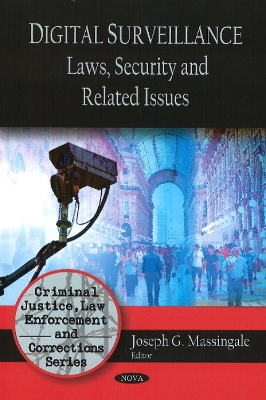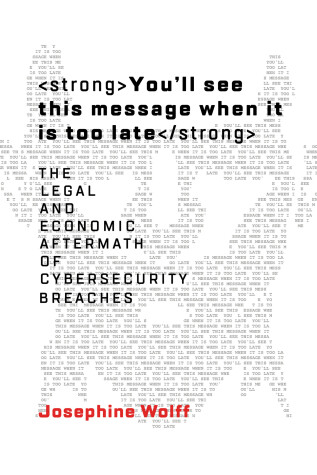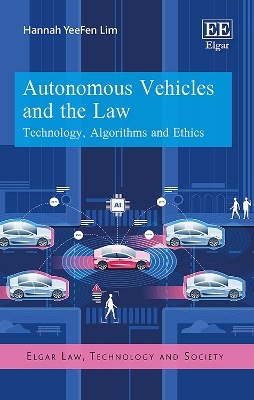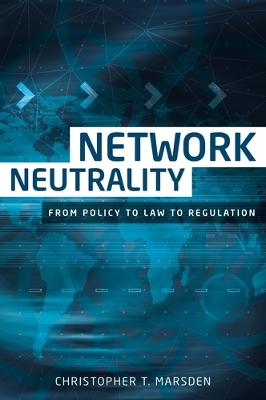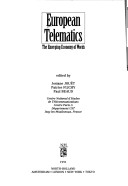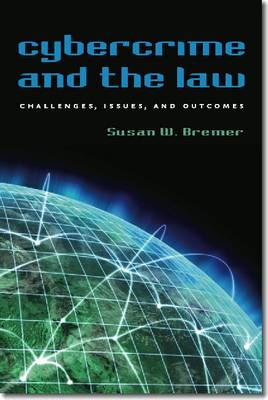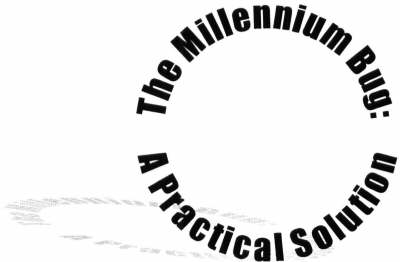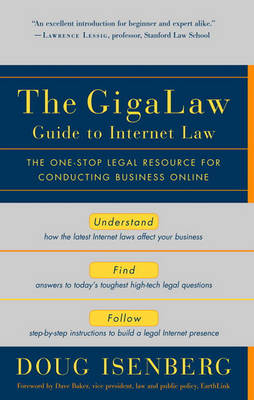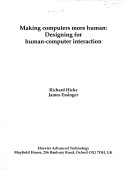EU GDPR & EU-US Privacy Shield
US organizations processing the personal data of EU residents must comply with the new EU General Data Protection Regulation (GDPR) from May 25 2018. Failure to comply could result in fines of up to 4% of annual global turnover or 20 million. This concise guide is essential reading for US organizations wanting an easy to follow overview of the new regulations and the compliance obligations for handling data of EU citizens, including guidance on the EU-US Privacy Shield.
Digital Surveillance
New digital technologies and wireless services have altered the character of electronic surveillance. This book deals with some of the laws and technologies that are being utilised to cope with the rapid advances in digital technologies as it relates to crime and homeland security.
You'll see this message when it is too late (Information Policy)
by Josephine Wolff
What we can learn from the aftermath of cybersecurity breaches and how we can do a better job protecting online data. Cybersecurity incidents make the news with startling regularity. Each breach-the theft of 145.5 million Americans' information from Equifax, for example, or the Russian government's theft of National Security Agency documents, or the Sony Pictures data dump-makes headlines, inspires panic, instigates lawsuits, and is then forgotten. The cycle of alarm and amnesia continues with...
Autonomous Vehicles and the Law - Technology, Algorithms and Ethics (Elgar Law, Technology and Society)
by Hannah Y. Lim
Autonomous vehicles have attracted a great deal of attention in the media, however there are some inconsistencies between the perception of autonomous vehicles? capabilities and their actual functions. This book provides an accessible explanation of how autonomous vehicles function, suggesting appropriate regulatory responses to the existing and emerging technology. Hannah YeeFen Lim explores the current capabilities of autonomous vehicles and importantly, highlights their inherent limitations....
Computing in the Information Age / Wackerly Lab Intro CIS
by Nancy B. Stern
A Computer for Each Student
Since the use of computers is expanding so rapidly, it is expected that five years from now 70 to 80 percent of students will have their own personal computer. This clearly will have an impact on teaching and the curriculum in most subjects. The purpose of this conference was to determine and evaluate this impact. Changes in traditional classroom teaching and examinations in areas such as Science and Engineering, Medical Science, Library and Information Science, the Management Sciences, and othe...
A wide range of industry sectors will outsource service provision (for example, banking, pharmaceuticals, and insurance companies). This can happen where an organisation outsources its IT payroll needs, its helpdesk and IT maintenance requirements, its payment processing, or its whole IT function. The key risk The key risk for an organisation that enters into an outsourcing transaction, are that services that it receives from the supplier will be worse than the services they were receiving befo...
With an ever-growing number of users, the Internet is central to the processes of globalization, cultural formations, social encounters and economic development. These aside, it is also fast becoming an important political domain. Struggles over disclosure, access and regulation are only the most visible signs that the Internet is quickly becoming a site of fierce political conflict involving states, technical groups, business and civil society. As the debate over the global politics of the Inte...
Net neutrality is the most contested Internet access policy of our time. This book offers an in-depth explanation of the concept, addressing its history since 1999, its engineering, the policy challenges it represents and its legislation and regulation. Various case studies are presented, including Specialized Services and Content Delivery Networks for video over the Internet, and the book goes on to examine the future of net neutrality battles in Europe, the United States and developing countri...
Mobile working and remote working from home or a small office, using phone, PC, fax and narrowband Internet is a rapidly increasing practice. The many well-documented benefits of working this way include higher productivity, more time spent with the family and local community and less time wasted commuting. At a community level they include benefits to the environment through substituting physical transport by telecommunications, and re-vitalisation of ruiral communities. Yet, people who work ma...
European Telematics
Today, at the start of the 1990's, there is one country where Telematics has entered its adult phase - France. This French success story - more than five million terminals distributed - is interesting because its history is filled with conflict and has, at critical junctures, narrowly escaped failure. Although it is rare for communications researchers to be able to intervene "live" while a new medium is emerging, this is what most of the authors of this book have accomplished. The different part...
The exponential increase in cybercrimes in the past decade has raised new issues and challenges for law and law enforcement. Based on case studies drawn from her work as a lawyer, Susan W. Brenner identifies a diverse range of cybercrimes, including crimes that target computers (viruses, worms, Trojan horse programs, malware and DDoS attacks) and crimes in which the computer itself is used as a tool (cyberstalking, cyberextortion, cybertheft, and embezzlement). Illuminating legal issues unique t...
Key Element Guide Suite (Print Pack of 5) [Chinese Language]
Evidential Weight and Legal Admissibility of Electronic Information
by Peter Howes and Alan Shipman
Information Technology & The Law
by Chriswards, Ian Walden, Chris Edwards, and Nigel Savage
New legislation which has an impact on information technology (eg. data protection), legislation that has been extended/altered to take account of information technology (eg. copyright, patent, evidence) and, contractual means of ensuring legal security, in the absence of legislation (eg. interchange agreements) are all covered in this book.
Advance praise for The GigaLaw Guide to Internet Law “I read this book from cover to cover. The examples of case law are of enormous illustrative value. Some of them will raise your blood pressure (well, mine went up several notches, anyway). Well worth the time to read!” —Vint Cerf, chairman, Internet Corporation for Assigned Names and Numbers (ICANN) “Doug Isenberg pulls off the toughest hat trick in legal writing—he and his contributing authors map out the legal landscape of cyberspace...
With the radical changes in information production that the Internet has introduced, we stand at an important moment of transition, says Yochai Benkler in this thought-provoking book. The phenomenon he describes as social production is reshaping markets, while at the same time offering new opportunities to enhance individual freedom, cultural diversity, political discourse, and justice. But these results are by no means inevitable: a systematic campaign to protect the entrenched industrial infor...
This very readable book delves into the problem of human-computer interaction and answers the fundamental question: What makes a good User Interface? Written by one of the world's leading specialists in man-machine interface Richard hicks and technology writer James Essinger explore the subject and give practical advice on the do's and don'ts of user interface design. The authors introduce the reader to the whole subject of designing for human-computer interaction and present detailed personal i...
Bringing a unique perspective to the burgeoning ethical and legal issues surrounding the presence of artificial intelligence in our daily lives, the book uses theory and practice on animal rights and the rights of nature to assess the status of robots. Through extensive philosophical and legal analyses, the book explores how rights can be applied to nonhuman entities. This task is completed by developing a framework useful for determining the kinds of personhood for which a nonhuman entity migh...

